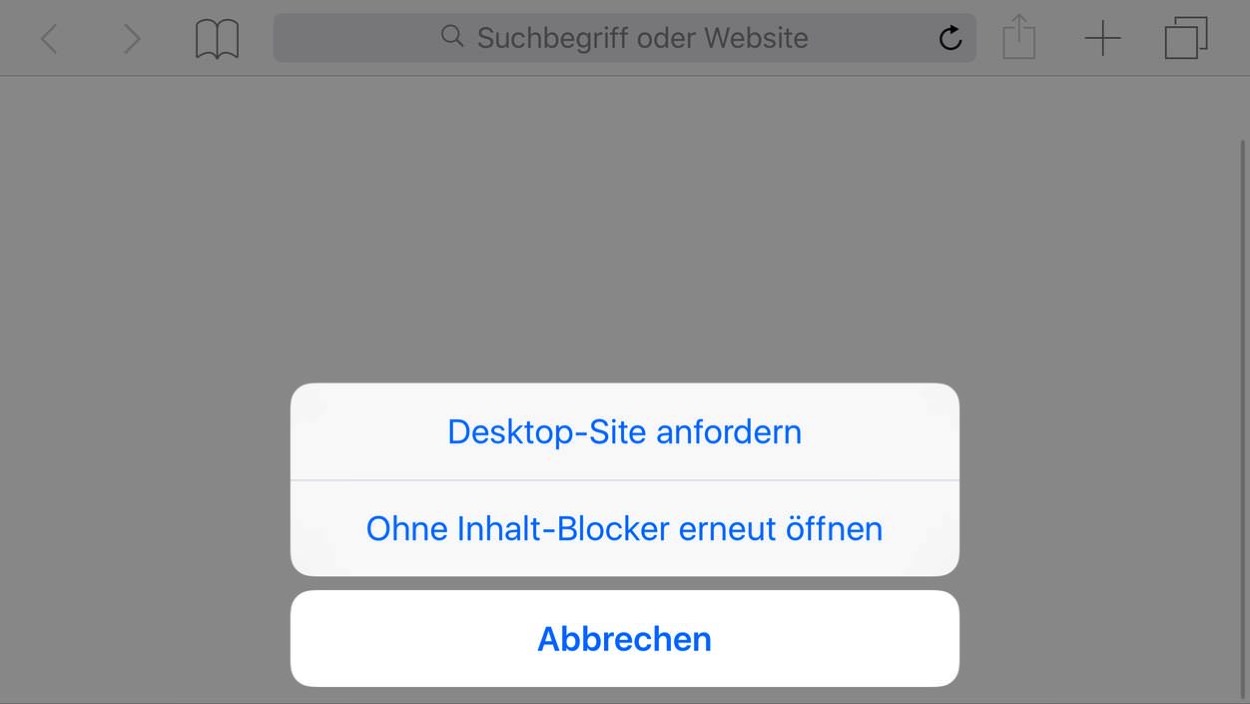„Welcome to the Block Party“

Display ads on websites have only grown more aggressive in the last two years, taking up ever-expanding amounts of space, bandwidth, and attention. Interstitials that load as a separate page—or pop-ups, which load over the content and require a click to dismiss—are more popular than ever, especially on mobile; video ads that play automatically, too often with audio, have creeped onto more and more pages, which are themselves so engorged by the number and weight of ads that they take forever to load. And, to fill ad space on their sites, most publishers use third-party networks that often place tracking cookies on each user’s device in order to sop up information that can be used to serve new, more personalized ads, or to collect information that could be aggregated, repackaged, and sold to other marketing agencies. […]
The Awl’s publisher Michael Macher told me that “the percentage of the network’s revenue that is blockable by adblocking technology hovers around seventy-five to eighty-five percent.”
Keine Frage: „There will be blood.“
iOS-Entwickler sind seit letzten Freitag eingeladen ihre iOS-9-Apps – und damit auch „Inhalts-Blocker“ – dem Prüfprozess vorzulegen. Kandidaten, die mir seitdem begegnet sind, ohne dafür recherchiert zu haben: Purify, 1Blocker, Blockr, Crystal, AdsDown, Silentium, Shut Up und Adamant.